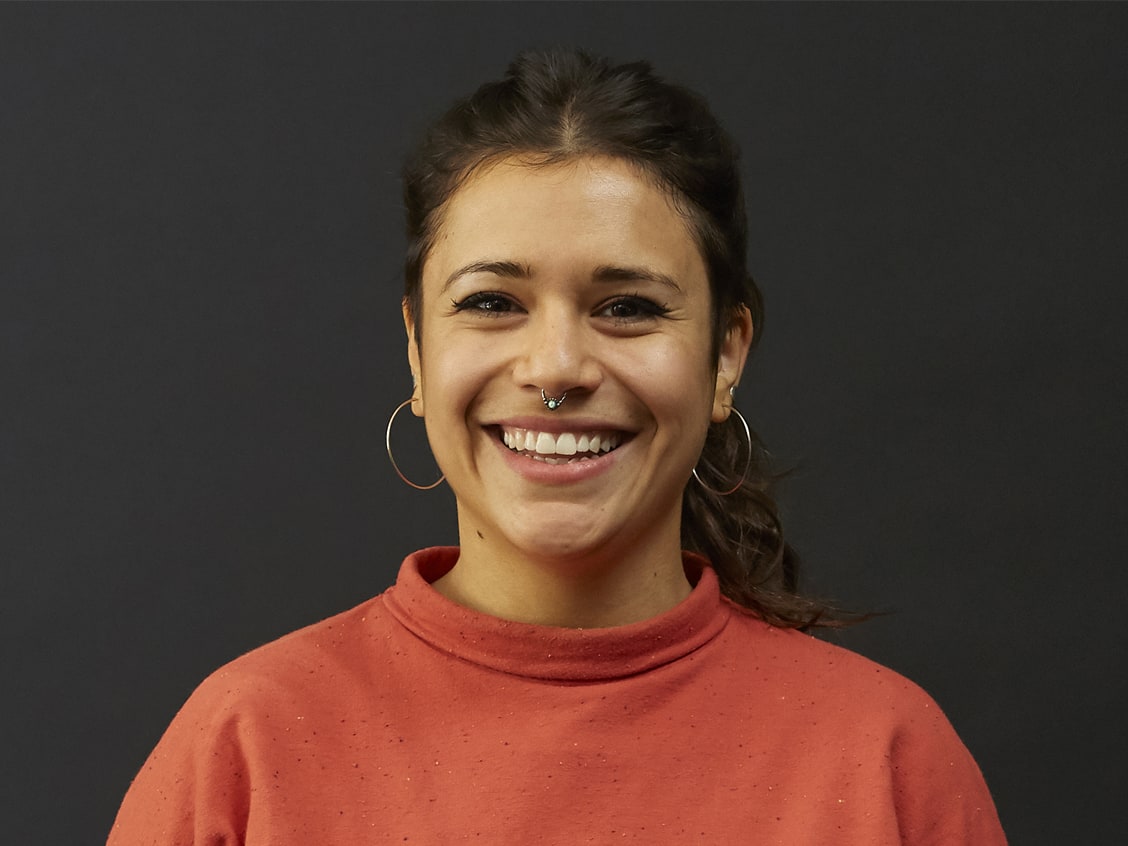
Raheela Khan-Fitzgerald, Hawkins\Brown, sets the scene by asking us to imagine a ‘what if’ scenario where materials have passports, highlighting the value of reusing buildings materials.
“Are you over 18?”
Picture this – a pile of fletton bricks chirping up to say ‘Yes, I am over 18- but I don’t think they are!”. Your attention turns to a stack of timber formwork, who mumbles something inaudible.
“Alright, alright, can I see all material passports please?!”
It sounds far-fetched, but it could be the future.
The FCRBE project suggests that within north-west Europe, we only reuse 1% of building elements. To meet our climate targets and net zero pledges by 2050 – or 2030 as many are calling for – then this must change.
What is holding us back? A lack of circular economy principles in place in the industry, a ‘business as usual’ approach to existing building stock, and a misguided view of demolition sites as ‘waste’ instead of ‘assets’.
We need to seize control of our built real estate and realise the economic and environmental value of reuse as soon as possible.
It is estimated that an improved circular economy in London could contribute between £3 -5 billion in economic growth by 2036, and it is already happening in the form of the Retrofit First campaign. NLA’s Zero Carbon London report meanwhile stresses retrofit ‘should become 90% of the work of all built environment professionals’.
One example of creative reuse is Hawkins\Brown’s Plumstead Centre, recently Highly Commended by the NLA Awards in the Experiencing Culture category. A 120-year-old underused Grade II-listed public library, Hawkins\Brown measured and reported the Whole Life Carbon impacts of the renovation design through our in-house carbon reduction tool, H\B:ERT. Informed design decisions were driven by a condition survey and a refurbishment report, detailing what could potentially be salvageable in each space. Through refurbishment, extension, and careful consideration given to the retention of the existing building material, the library was granted a new lease of life and transformed into a civic anchor for Plumstead’s local community.
How can we make every day reuse a possibility? Since 1991 Salvo has led the way for giving preloved materials a new life. We need to build on their ‘shop’ and ‘directory’ concepts and set up regional reuse online markets – and where better to start than London?
The Mayor of London’s Design for a Circular Economy Primer states that each year, the built environment sector contributes to 54% of waste in London. The draft London Environment Strategy aims to get London to become a zero-waste city, setting targets of sending zero waste to landfill by 2026 and recycling 65% of waste by 2030.
Using BIM, we can quantify – to minute detail – the amount of materials that go into a building. For example, each element within a Revit model has its own unique ID. Why not translate this into a digital material passport? We can take lead from collaborative initiatives, such as BAMB, who have created an electronic material passport as an actionable step towards circularity in the industry. If we start to report and list the products we use today, they can be more easily reused in the future.
Yet, what of the materials that have not been tagged? A starting point would be pre-demolition audits that identify reuse potential – and if this is not possible then simply documenting what material there is on an existing site to create a ‘salvage list’. If buildings can ‘walk’ to new sites, then materials can too! Not that one size fits all – there are hurdles to the reuse of materials, particularly around quality and safety. Working collaboratively together, we will find innovative ways to develop a post-carbon architecture.
In a world where the digital makes the impossible a reality, surely, we can – and should –#TakeStockOfWhatWeHaveGot!
